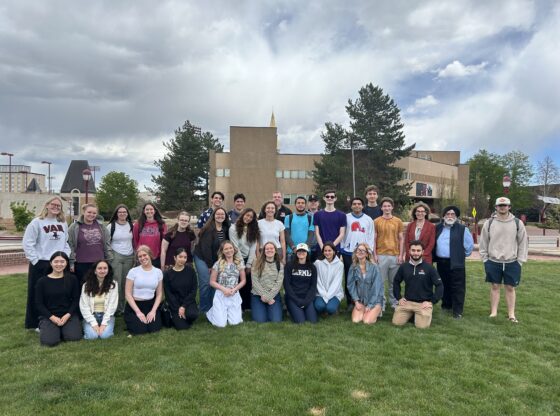“Despacito” was the song of the summer in 2017 and is currently the most viewed video on YouTube. The remix with Justin Bieber would play every time you turned on the radio in your car. For the first time, non-western music was extremely popular not only in the U.S. but around the world, with it matching the record for longest time on the Billboard Hot 100. This is practically unheard of—a non-English song (at least the original version) becoming so viral outside of their native country. According to Billboard, this is due to “streaming. And yes, that’s a huge factor… it’s no secret that the global clout of platforms like Spotify and YouTube has allowed an increasing number of Latinx tracks to seep into the upper echelons of streaming charts.”
The popularity of “Despacito” has spawned many collaborations between Latinx artists and American artists trying to emulate the success. From the highly successful “Mi Gente” remix featuring Beyonce to the recent “Taki Taki” featuring Selena Gomez and Cardi B. Not only that, but non-English songs without American artists have also been popular, like Nicky Jam and J. Balvin’s “X (Equis),” when previously a Latinx artist had to translate their songs into English in order to get any sort of western recognition.
A prime example of this is Shakira, who in the past has released two albums simultaneously, both containing the same songs, one in English and the other in Spanish. Though this spawned many amazing crossover artists like Enrique Iglesias and Ricky Martin, the necessity for such action has become obsolete. Shakira has recently returned to her roots and produced Spanish language songs without an English version, like 2016’s “Chantaje” featuring Maluma, the latter of which even performed at this year’s VMAs. As opposed to 2017’s trend of collaborations between Latinx artists and American ones, this year we are seeing more and more popularity with solely Latinx artists collaborating with each other, for example Prince Royce and Maluma’s “El Clavo (Remix),” which is starting to normalize the idea of non-English music becoming mainstream in the U.S.
The rise in popularity of Latinx music has opened the door for another, though quite unexpected, genre to become popular: K-Pop. Yes, you read that correctly, K-Pop, short for Korean Pop; the name is pretty self-explanatory, meaning pop music coming from South Korea. The world really became aware of K-Pop as a genre in 2012 with Psy’s “Gangnam Style,” a video which actually surpassed YouTube’s view counter, as well as being the most watched video on the site for five years before being surpassed by Wiz Khalifa and Charlie Puth’s “See You Again.” Though Psy is credited with introducing the world to the genre, as well as other songs having minor success in the western world, K-Pop didn’t become appealing to the masses until very recently with boyband BTS.
Their name has two meanings; in English, it is Beyond the Scene, and in Korean, it is Bangtan Sonyeondan, translating to “bulletproof boy scouts.” The septet has become synonymous with K-Pop in the past year with two albums debuting at number one on the Billboard Top 200 this year, May’s “Love Yourself: Tear” and August’s “Love Yourself: Answer,” a first for any Asian artist. Not only that, but their most recent music video, “Idol,” has the most streams in 24 hours at 45 million, beating Taylor Swift’s record of 43.2 million. The group’s popularity can be attributed to not only their dancing and vocals but the message in their music. From the beginning of their careers, they’ve been openly criticizing Korean culture, with their first album talking about the pressures of going to college and now talking about self-love with their three-part album series, “Love Yourself.” To sum it up best, “the act is breaking through in America singing and rapping in Korean, creating intimacy through wide exposure on social media, expressing political ideas without stirring up controversy and inspiring fervent obsession with mild-mannered wholesomeness. It is the underdog that has arrived.”
With the rise of international music these past couple of years, we see a diversity that better represents the American public. For the first time, thanks to the internet, we are seeing a greater exposure to international media, and it is becoming impossible to isolate ourselves from the outside world. There is a greater diversity in opinions and perspectives in today’s day and age, and we can see that reflected in the media we consume.











